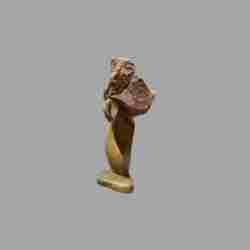Transportation in Traditional Shona Culture
In traditional Shona culture, transportation of goods was primarily done by human labor, using methods such as carrying items on the head or on the back. This was largely due to the fact that animal-drawn carts and wagons were not available until the arrival of Europeans in the late 19th century.
In rural areas, where people were often engaged in agriculture and herding, transportation was mainly done by individuals within families or communities. For example, women and children would carry goods to and from the fields, while men would transport heavier items such as building materials or tools. The use of pack animals such as donkeys or oxen was also common, especially for longer distances or heavier loads. These animals were often owned by wealthier individuals or families, and were used for both transportation and agricultural work.
For trade and commerce, merchants would travel between different settlements and regions, carrying goods on their backs or on pack animals. In some cases, trade caravans would be organized to transport goods over long distances, and these caravans would be accompanied by protectors to ensure the safety of the goods and traders. These caravans were also important for cultural exchange and communication between different regions, as they provided opportunities for people to interact and share knowledge.
Transportation in traditional Shona culture was not without its challenges, however. The use of human labor and pack animals meant that transportation was often slow and inefficient, and could be disrupted by factors such as weather or illness. Additionally, the lack of infrastructure such as roads or bridges made transportation even more difficult, especially during the rainy season when rivers and streams would flood.
Despite these challenges, traditional methods of transportation remained prevalent in rural areas of Zimbabwe until the mid-20th century, when the government began investing in infrastructure such as roads and railways. Today, transportation in Zimbabwe is a mix of traditional and modern methods, with cars, buses, and trains coexisting alongside donkeys and bicycles.
